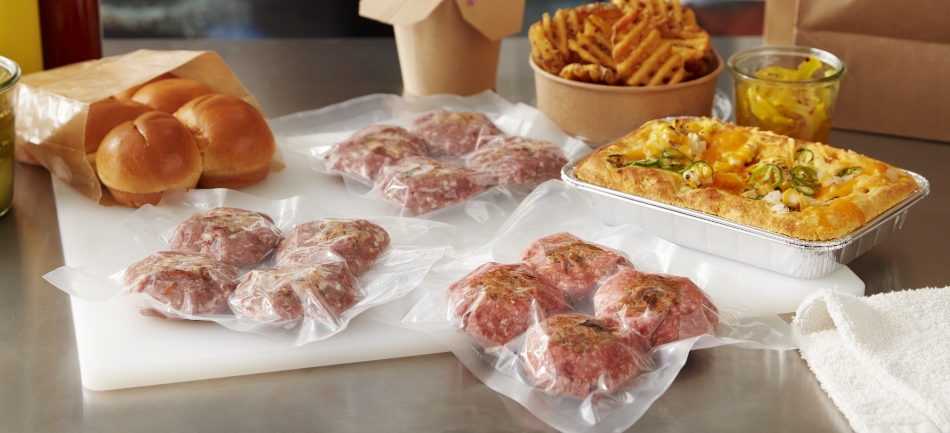Chef-created restaurant meal kits offer opportunities to reach new patrons, minimize the effect of staff shortages and address the increased demand for takeout and delivery options. At the same time, they can allow you to showcase premium meats, encourage patrons to explore new flavors and build brand awareness.
Although it can take time to plan a meal kit, once the initial work is complete, you’ll have a draw that can bring in business on slow nights or when customers want to celebrate with a special meal at home.
What the Data Tells Us
Many people prefer eating off-site. According to the National Restaurant Association, more than 50% of adults say that takeout and delivery food are essential to their way of life. For millennials, 75% say these services are essential.1
Diners are interested in luxury. According to a Yelp report from 2021, searches for businesses labeled “$$$$,” the highest price point on Yelp, were up 56% and searches for businesses labeled “$$$” increased 31.4%.2 Meal kits can help diners make luxurious meals with ease.
They want to eat well at home. Although consumers may be eating out less, 62% say they want to create restaurant meals at home.3
What to Consider When Building Restaurant Meal Kits
When planning a restaurant meal kit, think beyond the ingredients.
- Use the boxing or bagging of restaurant meal kits to promote the quality of meats you use, to tell the source of local ingredients and to share the inspiration for the meal.
- Provide instructions with each item in the meal kit.
- Build your DIY dinner kits around premium or less-used cuts of beef and pork to provide a “wow” factor.
- Plan kits around recipes that make everyday proteins exciting. According to Mintel research, “barbecue garlic, teriyaki, chipotle and jalapeno are among the top preferred protein flavors for consumers. Dishes inspired by Latin American and Southwest Asian flavors also have grown in popularity in recent years.”4
- Include meal kits as an option for online ordering.
- Consider limiting availability to one or two evenings a week, or limiting the number available.
Get More Inside the Box Thinking
If you don’t have restaurant meal kits on your menu, now is the time to consider this potential source of new revenue. For more ideas on developing kits that feature beef and pork, reach out to the Tyson Fresh Meats Foodservice Team today.
2 Yelp Economic Average, 2021 Annual Report, January 2022
3 Midan: Challenges and Changes Facing Foodservice Operators, July 2022
4 Mintel, Trending Flavors and Ingredients in Protein 2021 U.S., October 2021

